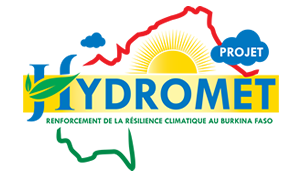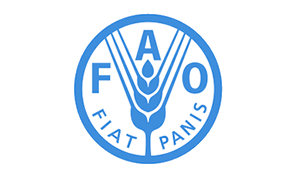Structure and use of livestock attached to agricultural households
One of the greatest challenges that developing countries continue to face at the turn of the third millennium is to achieve an adequate level of food security for an ever-increasing and growing population while preserving natural resources in a sustainable manner. One of the solutions to this challenge lies in particular in the agricultural and livestock sectors. These sectors are the backbone of the economies of developing countries. Agriculture also covers most of the food needs of the population and provides livelihood and income for large rural populations.
It is important to underline at the outset that, given the central role that these sectors play in the economies of these countries, in most cases it is not possible to encourage economic growth, fight poverty and increase food security. with tangible results without developing the production potential of the agricultural sector and without increasing its contribution to overall economic development. Historically, very few countries have succeeded in transforming their economy into a developed country economy without first developing their agriculture.
Burkina Faso cannot remain on the sidelines of this challenge and as a result several actions have been taken in this direction. These actions range from the programs implemented to the various laws governing these sectors (agriculture and livestock). Thus, a project called action plan and investment program for the livestock sector in Burkina Faso was launched in October 2000. This made it possible to make the diagnosis and presented the various axes of action. intervention. On the basis of this point, an action plan was developed specifying the quantitative and qualitative objectives to be achieved over a 10-year horizon and formulated a priority action program and technical sheets in relation to the priority actions identified.
Likewise, a nationwide survey known as the National Livestock Numbers Survey (ENEC I) was organized in 1989. This made it possible to accurately assess the numbers of all animal species and studied the distribution. spatial or geographical of the herd. To update the data and take into account all the intervening factors (devaluation …) the E.N.E.C. It was launched in 2003
In addition, a National Survey on Agricultural Statistics (ENSA) was held in 1993. This survey made it possible to assess the income and monetary expenditure of agricultural households and to identify agricultural and livestock practices throughout the Burkinabe national territory. It also made it possible to collect structural data on the agricultural sector and extend the range of cyclical data collected. These include demographic aspects, the agricultural equipment of the land and how it is used. To this information are added data on area, production, yield of the main crops and size of the herd of agricultural households
Finally, Permanent Agricultural Surveys (EPA) have been organized every year since 1990 in order to estimate the level of the food security stock and to specify the evolution of the livestock sector. These EPAs are positioned as a cyclical and structural policy tool to provide decision-makers with cereal harvest forecasts by province; post-harvest estimates of agricultural production by product and by province and of the state of livestock production of the various households surveyed. The E.N.S.A. and the E.P.A. have a similar approach but the sample size (706 villages and 4,370 agricultural households for the E.P.A. and 2,000 sample villages and 18,000 agricultural households for the E.N.S.A.) and the content of the questionnaire are more extensive in the context of the E.N.S.A.







